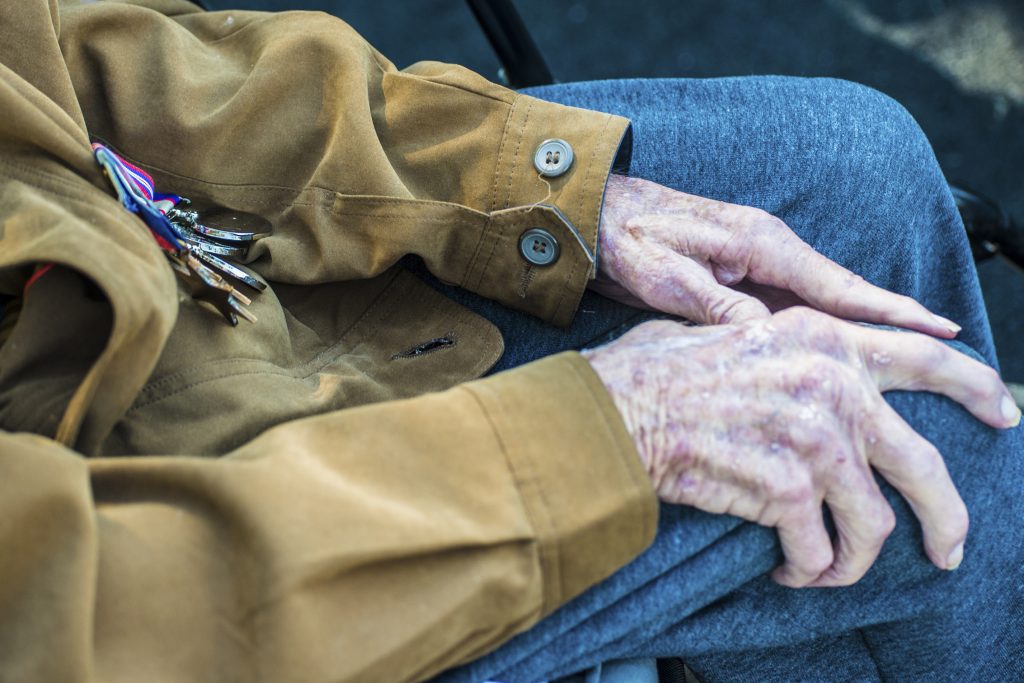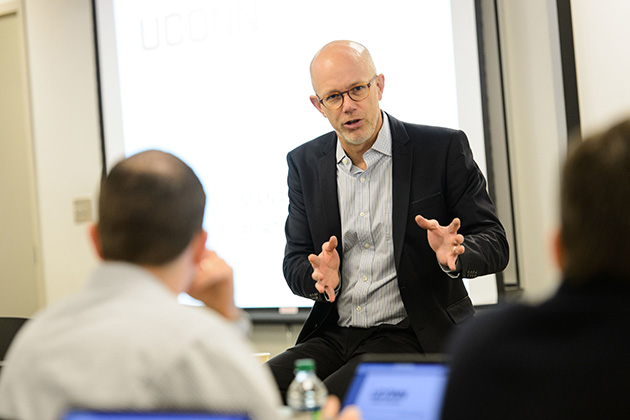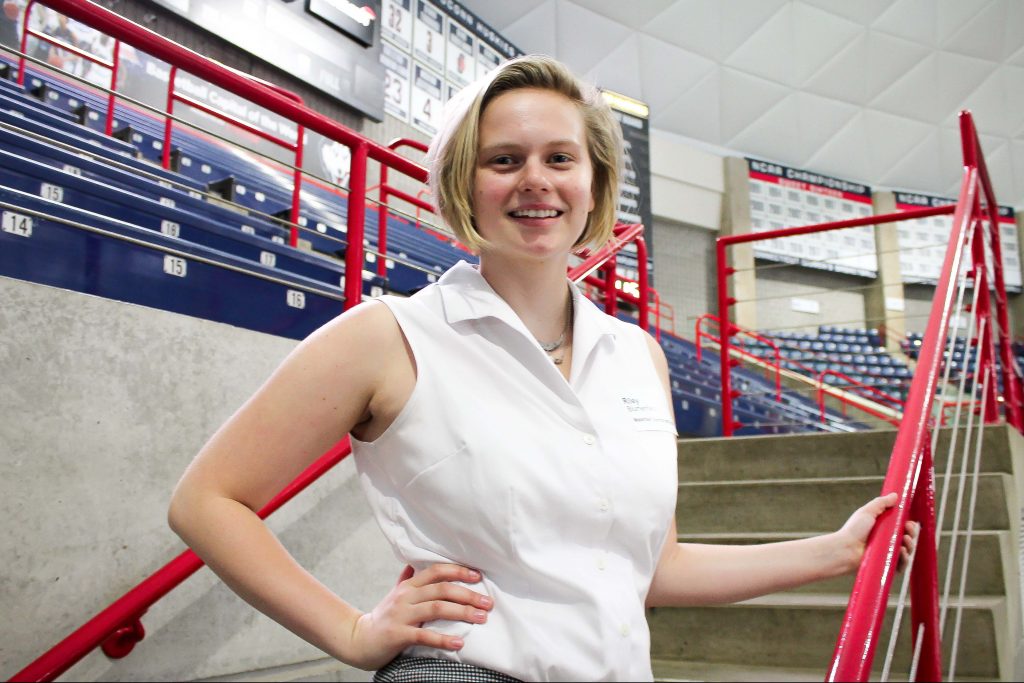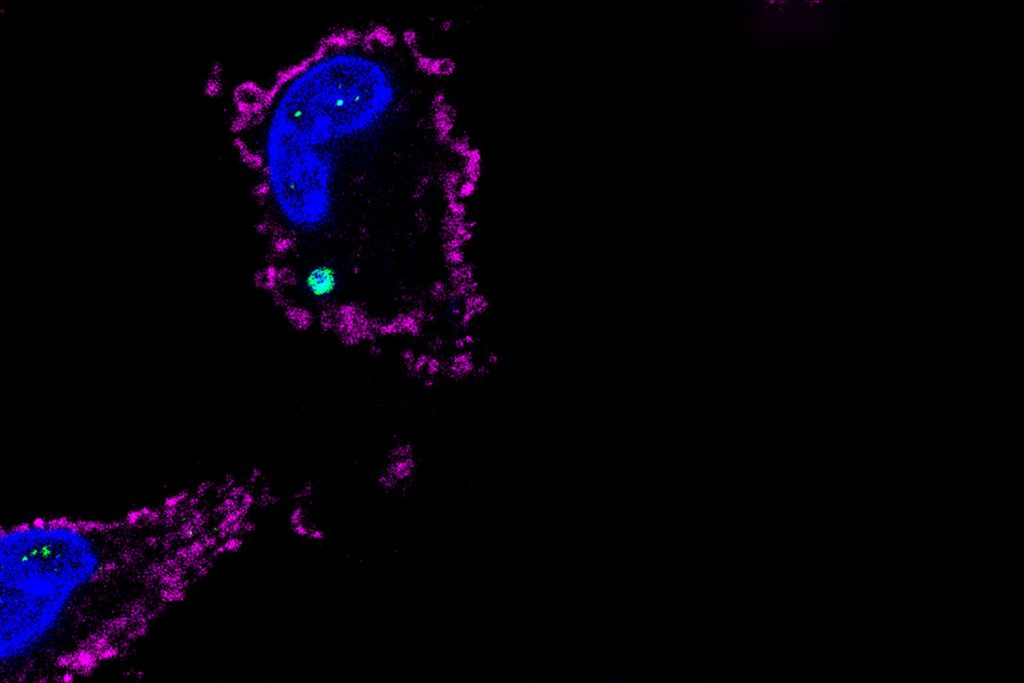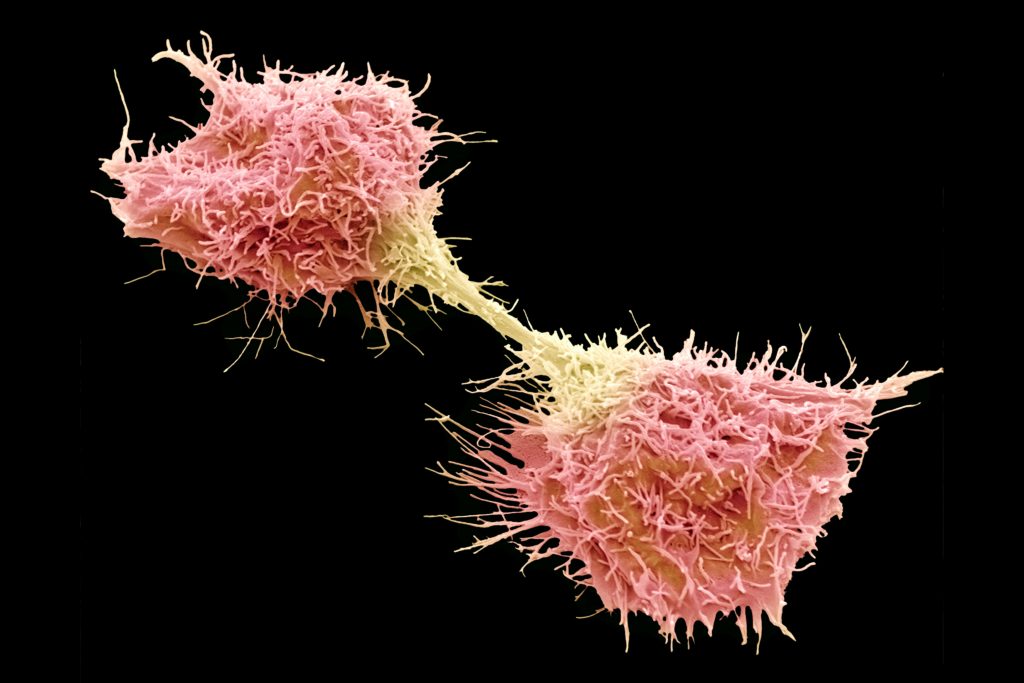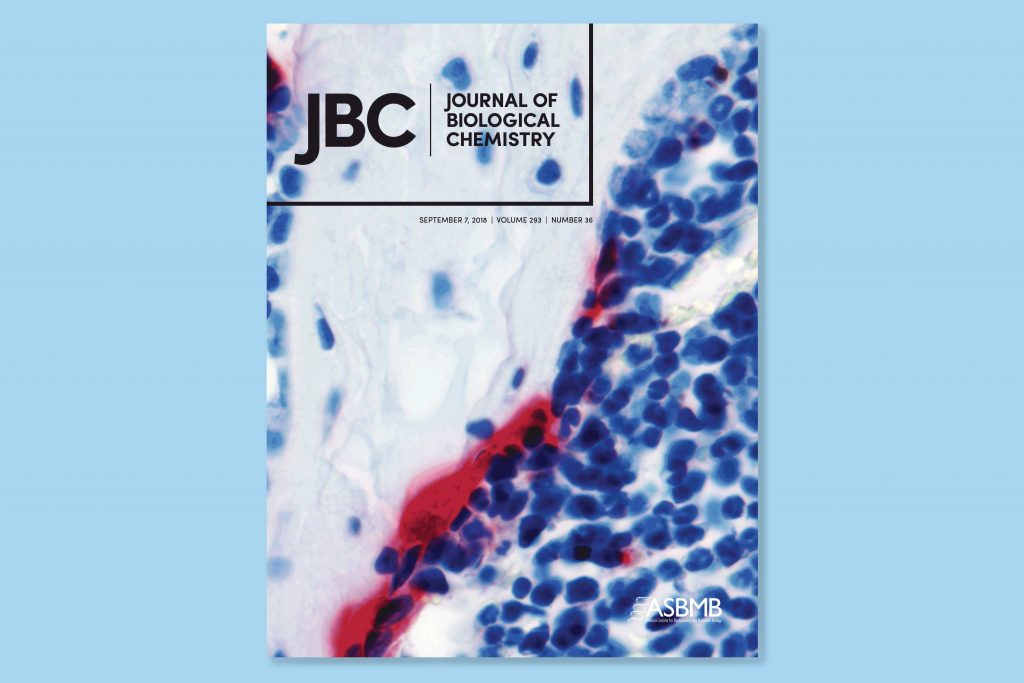UConn Health
Suicide Risk Higher Among Older Vets Who Were in Jail
Veterans released from prison are five times as likely to attempt suicide as their peers who have never been incarcerated, according to a study by UConn Health researchers.
October 29, 2018 | Kim Krieger
Old Drug, New Hope for Pediatric Brain Cancer
Researchers from JAX, Connecticut Children's Hospital, and UConn Health have identified several drugs used against other diseases that also have the potential to fight the most common form of childhood brain cancer.
October 25, 2018 | Kim Krieger
Industry-Academic Program to Grow Entrepreneurial Know-How
The new program will provide aspiring entrepreneurs working as academic or industry researchers with customized training to help turn their technologies into businesses and products.
October 17, 2018 | Jessica McBride, PhD
Calm the Immune System, Halt Premature Birth
UConn Health researchers found that a drug that blocks the cytokine GM-CSF may reduce the number of preterm births.
October 12, 2018 | Kim Krieger
Making Research Connections at UConn
Riley Blumenfield, a materials science and engineering student, Honors Program STEM scholar, and president of engineering sorority Phi Sigma Rho came to UConn knowing she wanted to be involved with research, but she didn’t know where to start. After attending an annual event to expose undergrads to a host of opportunities, she not only found […]
October 10, 2018 | Carson Stifel ‘21 (CLAS), Office of the Vice President for Research
Cell Death Protein also Damps Inflammation
A new study by UConn Health researchers shows how the body keeps inflammation in check, making double use of a protein previously thought to be responsible only for cell death.
October 1, 2018 | Kim Krieger
Stopping the Resistance of Cancer Cells to Treatment
UConn researchers have discovered molecules that could make cancer cells more vulnerable to chemotherapy.
September 24, 2018 | Colin Poitras
When More Bone-making Cells Equal Less Bone
Researchers at UConn Health have shown how a mutated gene causes excess bone resorption in a rare bone disease known as Lehman Syndrome.
September 7, 2018 | Kim Krieger
Labor Day Report: Occupational Illnesses Remain High in Connecticut
The report shows that the rate of occupational illness in Connecticut is 6 percent higher than the national average.
September 3, 2018 | Lauren Woods
Ovarian Cancer Cells Hoard Iron to Fuel Growth
Researchers at UConn Health have found that iron may be playing a critical role in increased fatty acid synthesis in cancer.
August 15, 2018 | Kim Krieger
